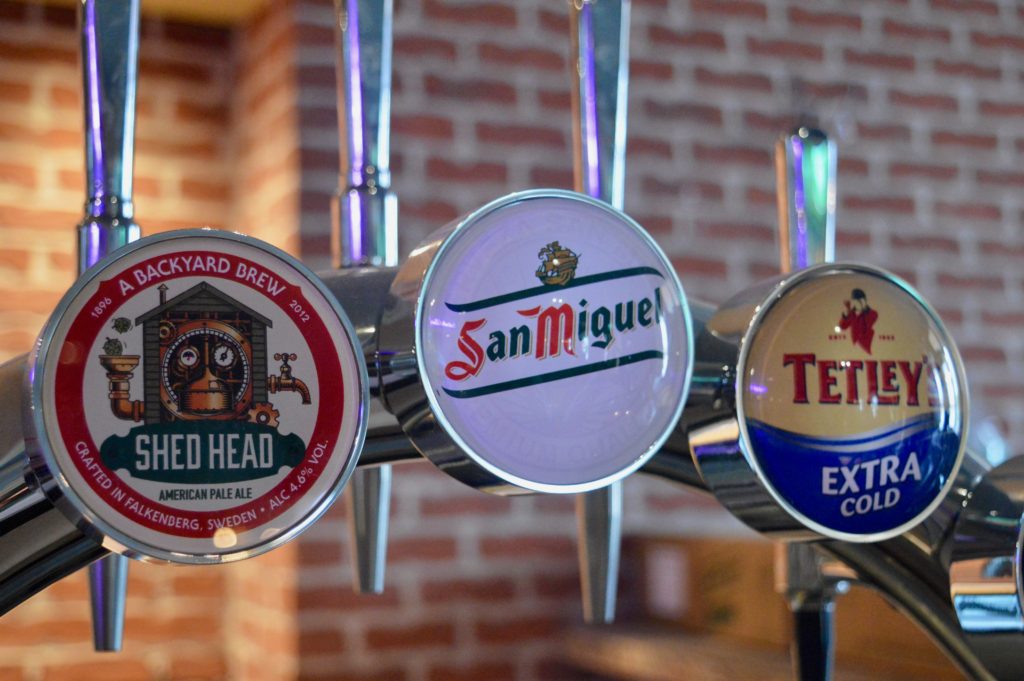Before a beer can be sold on the market and above all be considered of good quality and appreciated by consumers, it must be perfectly clear. On the other hand, especially pale beers are distinguished above all by their transparency, purity and total absence of residues, so that perlage, foam and above all taste can be better estimated.
On the brewer’s side, however, obtaining a clear beer is not easy. It requires the right tools, the right temperatures, and the necessary clarifying substances in order to do a proper job that produces the expected results. In fact, when brewing wort, in the fermentation process in particular, a series of natural chemical reactions are set in motion that can generate the suspension of particles that make the wort cloudy, with the presence of precipitates.
In order to fully understand what causes this phenomenon, it is necessary to know that these particles produced during fermentation have different charges, electrostatically speaking, exactly as is the case with all types of matter. If most of these particles have the same charge, it happens that they repel each other, so they float in the beer, creating that annoying visual effect of ‘contaminated’ or cloudy beer, which certainly could not be put on the market.

But these are not the only elements that cause turbidity.
Let’s try to understand more in depth what this phenomenon depends on, how breweries deal with it, what stabilisers are used for, why they are called that and what advantages there are in using them in the clarification process.
There are, indeed, many methods and tools implemented by breweries to eliminate turbidity, from the cleaning of equipment to the selection of raw material, from the preparation of the starter to the timely abatement of temperatures. Among all of them, however, the use of stabilisers, such as isinglass or Polygel Uk, is probably one of the most effective solutions for this process.
But let us proceed in order.
What does beer turbidity depend on
There are several reasons that can cause turbid beer, from the presence of a possible bacterial infection, generated, for example, by contamination of the wort with wild yeasts, but also the yeasts themselves can remain in suspension.
The most frequent causes, however, are to be found in the proteins and tannins contained in barley grains or in the raw materials used for beer. It is particularly important at this point to refer to a phenomenon that characterises both beers and light wines, colloidal cloudiness.
This is usually a phenomenon related to kinetics and thermodynamics involving proteins contained in the grains that overcome the fermentation process and generate particles in the must.

This cloudiness, in fact, is created by the bond that polyphenols form with the grain proteins. Some of these, in many breweries, are eliminated through the various filtering processes, simply by quenching the wort. At low temperatures, in fact, some of these complexes evaporate, while others combine and settle, and are then removed as they pass through the various filters.
A process, this, which can be performed more effectively with the use of stabilisers for clarification.
What is the role of stabilisers
As already mentioned, in order to ensure that protein particles can settle to the bottom and avoid remaining in suspension and thus give that annoying turbid effect, it is necessary for them to bind to oppositely charged particles.
To implement this process, therefore, clarifying agents are used that improve beer clarity without significantly altering its taste and aroma.

Among the most widely used, especially by renowned breweries, are those based on colloidal silicon dioxide, optimised precisely to absorb the particles responsible for turbidity.
This stabiliser brings with it numerous advantages, including, for those in the trade, a better shelf life of the beer, better stabilisation of particles and, consequently, filterability of the beer, maintaining quality and thus also reducing production losses.
